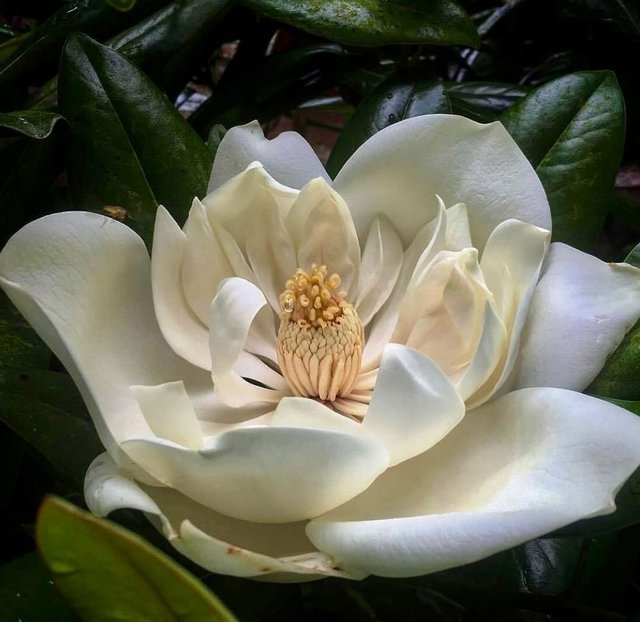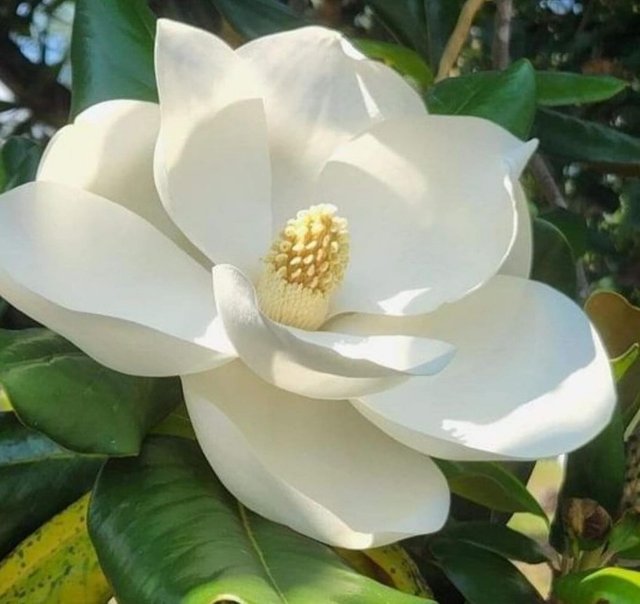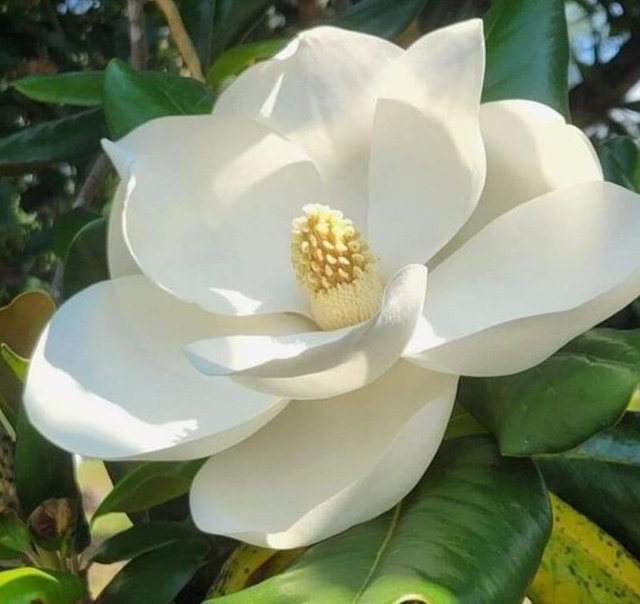Magnolias are a remarkable genus of flowering plants known for their exquisite beauty, distinctive fragrance, and rich history that spans millions of years. These trees and shrubs belong to the Magnoliaceae family and are native to various parts of Asia, North America, and Central America. With over 200 species, magnolias vary widely in appearance, size, and habitat, making them a beloved and versatile addition to gardens and landscapes around the world. In this post, we'll explore the captivating world of magnolias, from their ancient origins and cultural significance to their botanical features and how to care for them.
Ancient Origins: A Flower from the Past
Magnolias are among the oldest flowering plants on Earth, with fossil records dating back over 100 million years, even before bees evolved. This long evolutionary history makes them one of the most primitive types of flowering plants, or angiosperms. Early magnolias were pollinated by beetles, a practice still seen in modern species, as they produce tough, leathery petals resistant to damage from beetle mandibles.
The genus Magnolia is named after the French botanist Pierre Magnol, who contributed significantly to early plant classification systems. Despite its ancient roots, the magnolia continues to captivate horticulturists, botanists, and garden enthusiasts alike with its timeless beauty and resilience.
Botanical Features
Magnolias are distinguished by their large, showy flowers, which are often fragrant and can range in color from white to pink, purple, yellow, and even green. The flowers can appear in a variety of forms depending on the species, including cup-shaped, star-shaped, and tulip-like. Some species bloom early in spring before the leaves fully emerge, while others bloom later in the season or even in summer.




Thanks For Reading
Device Information
| Device | Redmi Note 10 Pro |
|---|---|
| Lens | 64 mp |
| Location | Bangladesh |

That looks beautiful
Downvoting a post can decrease pending rewards and make it less visible. Common reasons:
Submit